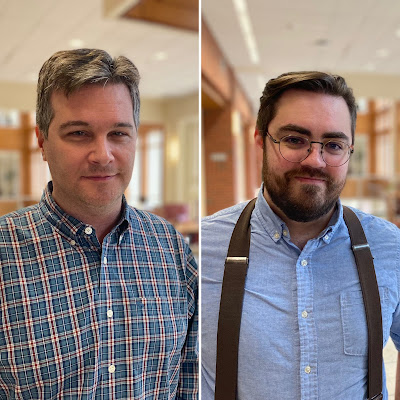OU Team Targeting Tar Creek
 By April Wilkerson
By April WilkersonApril is a reporter in Oklahoma City. Contact her at 278-2849.
Posted: 09:27 PM Friday, February 25, 2011
OKLAHOMA CITY – Although their initial project money has run out, University of Oklahoma professor Robert Nairn and his research team are looking for ways to continue their water restoration work at the Tar Creek Superfund Site in northeastern Oklahoma.
Meanwhile, the passive water treatment approach his team uses is being implemented in Bolivia.
Nairn, who also serves as director of OU’s Center for Restoration of Ecosystems and Watersheds, is looking for new grant possibilities after finishing a $6 million project at Tar Creek that removes contaminants from water seeping up from mines. That initial system is still running, but the contaminants it captures are only the tip of the iceberg.
“The polluted water is still coming out of the ground, and we’ve done calculations of how long that will last,” Nairn said. “Those calculations indicate that the water quality problems from the underground mines will probably be a problem for few centuries. We’re only addressing a fraction of the underground mine waters, so there’s a number of streams that still have a pollution problem.”
Beaver Creek, which is culturally significant to the Quapaw Tribe, is another affected area, he said. He estimates $25 million is needed to treat polluted water emerging from the mines.
Nairn and his team began researching the water quality problems at Tar Creek in 1998. He previously worked for the now-defunct U.S. Bureau of Land Mines, where he gained experience with the passive water treatment approach.
The system at Tar Creek, completed in 2008, requires little maintenance and no electricity to operate. Rather, the system relies on gravity and natural bacteria to remove the iron, zinc, lead, cadmium and arsenic in the water coming up from the mines.
“With all the holes in the ground, that polluted water discharges to the surface and flows out into the streams,” he said. “At this particular location, there were discharges of water that worked their way into a tributary and into Tar Creek. We came up with a design that we thought would be effective.”
The first step in the process is to put air into the water, accomplished by a large surface area. The focus then turns to removing the iron, which has turned the water bright orange, Nairn said. The next step involves making the water flow vertically through a pond that is filled with organic material, which breaks down the contaminants. That organic material is relatively simple: mushroom compost mixed with wood chips.
Because that step removes the oxygen, it receives another infusion of air by wind- and solar-powered aeration pumps. A few more steps serve to “polish” the water before it is discharged back into the stream.
“The whole thing works by gravity flow,” he said. “No pumps, no fossil fuel consumption. Once in place, the design lifetime is about three decades with a limited amount of operation and maintenance. We visit on a quarterly basis since our funding ended, to take water samples and make sure everything is working properly.”
The passive water treatment system is appropriate for Tar Creek, Nairn said, because no one is drinking the water in that area, and more traditional treatments would be cost-prohibitive. “Active” treatment systems are effective, but involve caustic chemicals and significant labor, maintenance and capital.
Nairn’s system cost $3 million – about $1 million to construct and $2 million for the design and data collection, he said. The rest of the original $6 million was spent on a larger remediation and restoration monitoring program.
The OU research team also is exploring ways to recycle some of the contaminants captured from the water. Some of his colleagues in the East are recovering materials, particularly iron oxides, for use in pigment production, such as colors for concrete and brick.
“The big difference is that they’re working with coal mines that don’t have the same chemistry as the lead zinc mines here,” he said. “There’s a little difference in chemistry that we’re exploring. The expectation isn’t that anyone would make money on recovering these materials, but we might be able to produce some revenue that helps maintain and operate the system.”
Although the Tar Creek site is a tremendous pollution problem, it also serves as a major learning opportunity for Nairn’s students. That education goes far beyond the science and technology of putting such a system in place.
“We do a great job of technically preparing our students, but the real world includes lots of other factors,” he said. “To get them up into the watershed and examine the social and cultural issues, especially with tribes, gives them a different perspective on the environment pollution problems and our efforts to fix them. You can have the best technologies and good science and engineering, but you need to be able to effectively communicate and understand other folks’ perspectives. The Tar Creek watershed gives that opportunity on a grand scale.”
Nairn’s team is taking that philosophy to Bolivia, where work is under way on a passive water treatment system in the high desert of the Andes. There, the local people are still using the contaminated water for irrigation and other uses.


